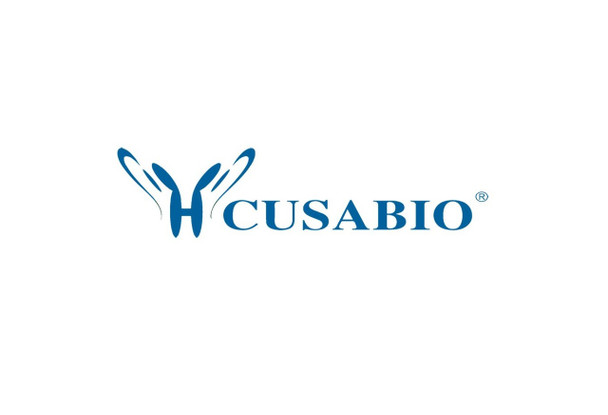Cusabio Saccharomyces cerevisiae Recombinants
Recombinant Saccharomyces cerevisiae TATA-box-binding protein (SPT15) | CSB-YP023239SVG
- SKU:
- CSB-YP023239SVG
- Availability:
- 25 - 35 Working Days
Description
Recombinant Saccharomyces cerevisiae TATA-box-binding protein (SPT15) | CSB-YP023239SVG | Cusabio
Alternative Name(s): TATA sequence-binding protein ;TBPTATA-binding factorTATA-box factorTranscription factor DTranscription initiation factor TFIID TBP subunit
Gene Names: SPT15
Research Areas: Others
Organism: Saccharomyces cerevisiae (strain ATCC 204508 / S288c) (Baker's yeast)
AA Sequence: ADEERLKEFKEANKIVFDPNTRQVWENQNRDGTKPATTFQSEEDIKRAAPESEKDTSATSGIVPTLQNIVATVTLGCRLDLKTVALHARNAEYNPKRFAAVIMRIREPKTTALIFASGKMVVTGAKSEDDSKLASRKYARIIQKIGFAAKFTDFKIQNIVGSCDVKFPIRLEGLAFSHGTFSSYEPELFPGLIYRMVKPKIVLLIFVSGKIVLTGAKQREEIYQAFEAIYPVLSEFRKM
Source: Yeast
Tag Info: N-terminal 6xHis-tagged
Expression Region: 2-240aa
Sequence Info: Full Length of Mature Protein
MW: 28.9 kDa
Purity: Greater than 90% as determined by SDS-PAGE.
Relevance: General transcription factor that functions at the core of the DNA-binding general transcription factor complex TFIID. Binding of TFIID to a promoter (with or without TATA elent) is the initial step in preinitiation complex (PIC) formation. TFIID plays a key role in the regulation of gene expression by RNA polymerase II through different activities such as transcription activator interaction, core promoter recognition and selectivity, TFIIA and TFIIB interaction, chromatin modification (histone acetylation by TAF1), facilitation of DNA opening and initiation of transcription.
Reference: Cloning and structure of a yeast gene encoding a general transcription initiation factor TFIID that binds to the TATA box.Horikoshi M., Wang C.K., Fujii H., Cromlish J.A., Weil P.A., Roeder R.G.Nature 341:299-303(1989)
Storage: The shelf life is related to many factors, storage state, buffer ingredients, storage temperature and the stability of the protein itself. Generally, the shelf life of liquid form is 6 months at -20?/-80?. The shelf life of lyophilized form is 12 months at -20?/-80?.
Notes: Repeated freezing and thawing is not recommended. Store working aliquots at 4? for up to one week.
Function: General transcription factor that functions at the core of the DNA-binding general transcription factor complex TFIID. Binding of TFIID to a promoter (with or without TATA element) is the initial step in preinitiation complex (PIC) formation. TFIID plays a key role in the regulation of gene expression by RNA polymerase II through different activities such as transcription activator interaction, core promoter recognition and selectivity, TFIIA and TFIIB interaction, chromatin modification (histone acetylation by TAF1), facilitation of DNA opening and initiation of transcription.
Involvement in disease:
Subcellular Location: Nucleus
Protein Families: TBP family
Tissue Specificity:
Paythway:
Form: Liquid or Lyophilized powder
Buffer: If the delivery form is liquid, the default storage buffer is Tris/PBS-based buffer, 5%-50% glycerol. If the delivery form is lyophilized powder, the buffer before lyophilization is Tris/PBS-based buffer, 6% Trehalose, pH 8.0.
Reconstitution: We recommend that this vial be briefly centrifuged prior to opening to bring the contents to the bottom. Please reconstitute protein in deionized sterile water to a concentration of 0.1-1.0 mg/mL.We recommend to add 5-50% of glycerol (final concentration) and aliquot for long-term storage at -20?/-80?. Our default final concentration of glycerol is 50%. Customers could use it as reference.
Uniprot ID: P13393
HGNC Database Link: N/A
UniGene Database Link: N/A
KEGG Database Link: KEGG
STRING Database Link: STRING
OMIM Database Link: N/A













